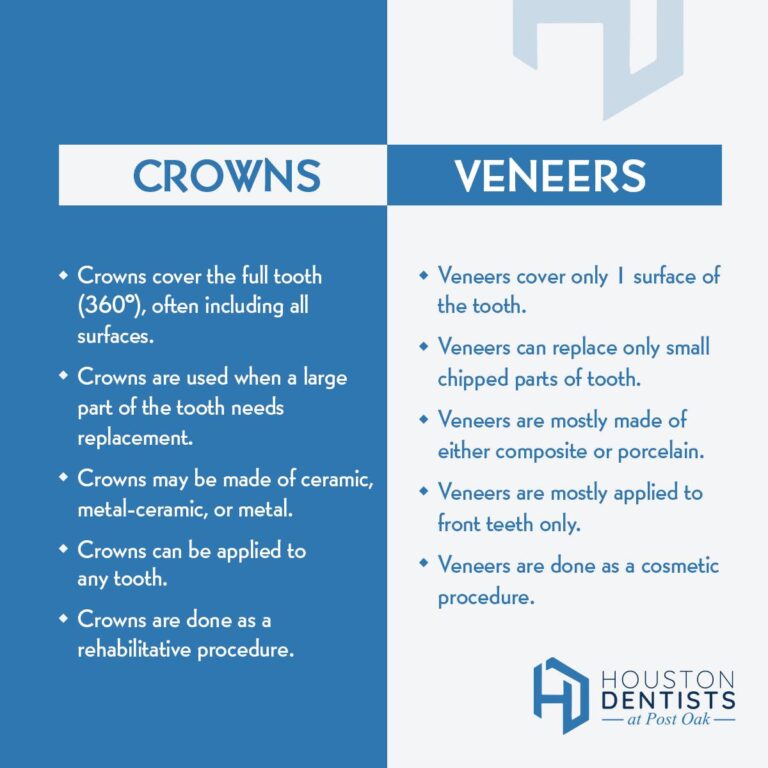Dealing with a problematic tooth that requires removal can bring about some understandable questions. What exactly happens during the procedure? What can you expect from start to finish?…

Dental fillings are a common procedure performed by dentists. They are usually done to repair damaged teeth or replace missing parts of the tooth structure. We often see patients with old silver fillings that need to be updated with modern materials. Fillings are an important part of dental hygiene because they protect teeth from further damage and decay.
What Are the Different Types of Fillings?
There are two types of filling materials used: silver amalgam and composite. Amalgam has been around since the early 1900s and was once considered the gold standard for dental fillings. Composite resin material came into existence later and is now the preferred material due to its superior health benefits, aesthetics and durability.
Amalgam Fillings
Amalgam fillings are made from mercury mixed with silver alloy powder. This mixture is then packed in the cavity area where it hardens over time. Amalgam restorations may not be the best permanent solution because the mercury can leach out of the tooth and cause health problems. Concerns about exposure to mercury have come to light in recent years. According to the FDA, the following groups of people may be more sensitive to the harmful effects of mercury exposure in fillings:
- Pregnant women
- Women who are planning to become pregnant
- Nursing women and their newborns and infants
- Children, especially those younger than 6 years of age
- People with pre-existing neurological disease
- People with impaired kidney function
- People with a known allergy to mercury or other components (silver, copper, tin) of dental amalgam
Composite Resin Fillings
Composite resin fillings are made from an acrylic-based resin that is mixed with various fillers to reinforce tooth structure. These fillers include quartz, silica and zirconium oxide. The resin is then cured using heat and light energy and shaped to look like the patient’s natural tooth. Unlike amalgam fillings, composite materials create tooth-colored fillings, blending naturally into your smile.
How Long Does a Dental Filling Last?
The longevity of fillings depends on several factors including the type of dental filling material used, personal risk factors, the condition of your mouth and how well you take care of your teeth. Typically, a filling can last between five and 20 years. For example, if you eat too many sweets, drink sugary beverages or use tobacco products, your teeth could become more susceptible to decay. Even the acid from sparkling water is enough to cause tooth decay.
If you do not brush and floss regularly, your gums could recede and expose the underlying tooth enamel. If these important oral hygiene practices have been neglected, your dentist may recommend replacing your existing dental filling with a new one.
Why Should I Get a Dental Filling?
A dental filling is recommended when there is damage to the tooth’s surface or when the tooth needs structural reinforcement. A dental filling is often necessary after a root canal treatment to prevent further infection. Common reasons a dental filling is recommended include:
- Tooth decay
- Fractured tooth
- Chipped tooth
- Replacing previously damaged fillings
- Replacing old amalgam fillings
When Should I Visit My Dentist for a Dental Filling?
It is best to see your dentist every six months for regular checkups and cleanings. During your exam, a clinical evaluation will be performed and you will be advised about any changes in your oral health. Your dentist will be able to determine whether you need a dental filling based on your oral health history.
After examining your teeth, your dentist will also make recommendations regarding the best method to restore your current fillings if necessary. You may also want to consider having a dental filling if you experience any of the following symptoms:
- Painful chewing
- Swollen gums
- Bad breath
- Bleeding gums
- Cracked or chipped teeth
- Receding gums
- Broken teeth
- Tooth sensitivity
- Tooth discoloration
- Tooth loss
What Happens During a Dental Filling Procedure?
During a dental filling procedure, we will first clean your teeth to remove plaque and decayed material. Then we can apply an optional local anesthetic to numb the area. Next, the dentist will gently create a hole that allows the placement of the dental filling. After placing the dental filling, your dentist will seal the tooth by applying a special bonding agent. Finally, we will polish the tooth to make sure that the filling looks like your natural teeth. In addition to the local numbing agent, we also offer sedation options to improve the comfort of our patients.
If you suspect you may need a new filling or you want to replace old dental amalgam, give Houston Dentists at Post Oak a call today or request an appointment online.






